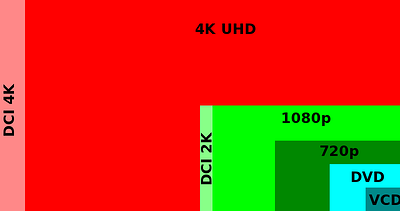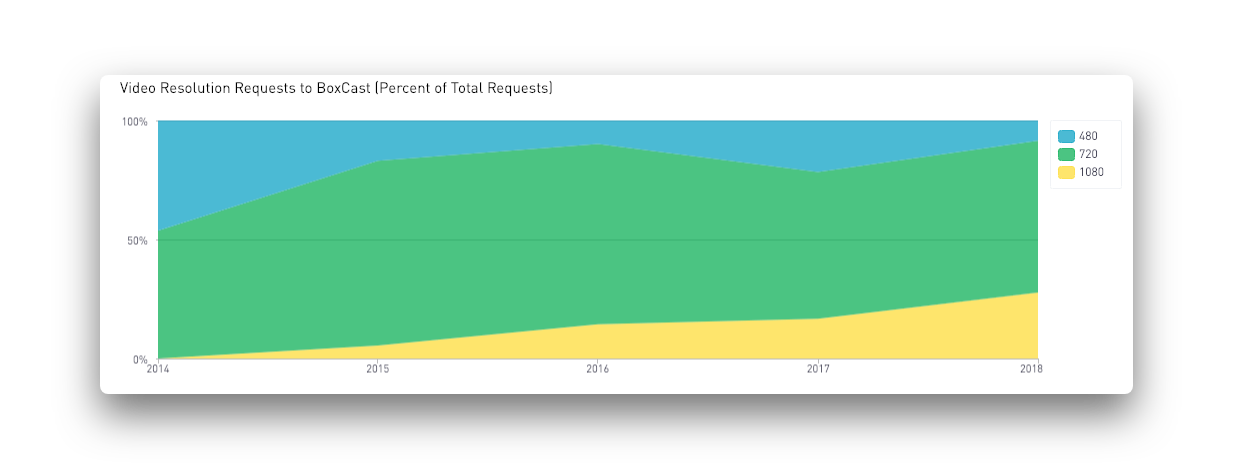VIDEO
Products
Streaming
Deliver flawless live video to any audience, anywhere
OTT Apps
Launch and monetize your own branded TV & mobile apps
Spark Encoder
Tap into hardware encoding that's compact and powerful
Broadcaster App
Go live straight from your phone or tablet with studio-quality control
Features
BoxCast Flow
Ensures smooth playback even on shaky networks
Sharing
Instantly clip, share, and amplify your broadcasts
Producer
Create professional streams right from your browser
Third-Party Encoders
Use the gear you love with our support of RTMP and SRT
AUDIO
RemoteMix
Mix live audio remotely from anywhere in the world
Compatible Mixers
Connect your favorite digital mixer to RemoteMix
INDUSTRIES
House of Worship
Reach and engage your congregation wherever they worship
Sports
Stream games with professional quality for fans everywhere
Local Government
Bring transparency and connection to your community broadcasts
Business
Power your corporate events, webinars, and live streams
LEARN
Blog
Insights, trends, and tips for the audio/video community
Tech Tips
Quick how-tos and deep dives on the latest streaming technology
Guides
Essential tips and expert strategies to expand your reach
Newsletter
Stay up to date with product news, best practices, and more
Podcast
Hear stories and strategies from our customers and experts
DISCOVER
Customer Stories
Explore real-world success stories to inspire your organization
Events
Join us at an upcoming conference and meet with our team
Webinars
Get all the details and register for our next live webinar
About Us
Discover our company's mission, values, and team story

BoxCast Team • December 26, 2018
The video world is advancing quickly. It's tough for us all to keep pace with increasing standards and qualities.
Video resolution is only one aspect that affects the quality of a live stream. Alongside frame rate, it's the feature most top of mind in determining video quality.
If you're responsible for your organization's live streaming strategy and need to wrap your head around the advancement of video resolution, you're in the right spot.
Table of ContentsHere are some quick FAQ's to get started:
Video resolution is the number of pixels that make up a frame in your video. Pixels are the smallest units that make up a picture in a video. Generally, the more pixels that make an image, the crisper that frame appears.

When talking about resolution, you hear labels like 480 or 720 or 1080. These numbers don't refer to the number of pixels in an image, but rather to the number of pixels in the height of an image. A 1080 picture (at a 16:9 aspect ratio) is really 1080 pixels tall and 1920 pixels wide (2,073,600 pixels total).
The letter "i" stands for 'interlaced' and "p" for 'progressive scan or non-interlaced.'
Interlacing is a shortcut that tricks your eyes into perceiving a full image in motion when, in reality, you are viewing every other line of that image. With interlaced video, your eyes fill in the gaps for you.
Interlacing video is a technique for doubling the perceived frame rate of a video display without consuming extra bandwidth.
Though there are dozens of standards of video resolutions, we only come across a few of them regularly in the live streaming world. For the purpose of this post, we'll focus on 480, 720, 1080, and 4K.
Yes and no. There are a variety of factors that impact the quality of a video, including frame rate, compression processes, and dynamic range.
However, video resolution is all about the detail of the frames of the video. Resolution greatly influences the viewing experience, particularly when the video is played on large screens.
Through most of the 20th Century, broadcasters transferred video via an analog signal (composite, component, VGA, etc). This process advanced over time. Still, US analog television dictated a 480i resolution.
The mid-1980s witnessed a breakthrough. Manufacturers developed digital video for commercial use, ushering in new opportunities.
In the 1990s, the FCC declared new standards for video resolution that included "high-definition" 1080- and 720-line video made possible by digital video. The digital era of television began at the end of the 1990s.
On top of bringing us higher resolution standards, the digital video revolution created the entire world of online video. Platforms like YouTube, Hulu, Netflix, and Facebook Live have turned the industry on its head in the past 15 years. Smart TVs allow us to watch all the content on our large-screen televisions. We can also open apps to launch live video on our laptops and phones.
If you want a more technical and detailed history of digital video, check out this infographic.
SD resolution is standard quality resolution. The resolution often refers to a pixel height of 480 in a single image. The frame is more detailed than that of a 360p, 240p, or 144p image , but less detailed than one that is 720p or 1080p.
As a broadcaster, you won't be sending video in anything less than 480, so that's our starting point. The lower levels exist for viewing video in poor network conditions.
480i video resolution (if you don't know what "i" stands for, refer to the intro section) was the common standard (at least in the US) for broadcast television in the late 20th century. It's also the standard for DVDs.
480i's progressive cousin, 480p is the more common form of standard-definition digital video.
If you look across the internet, you may come across various videos and streams limited to a standard-definition 480p format. Over the next few years, digital SD video with a max 480 resolution will become elusive across the internet.
Below you can see the decline in standard definition 480 streaming across BoxCast's customer base.

If your organization has standard-definition equipment in-house and you would like to start streaming before upgrading the rest of your system, you are not alone. While it's okay to start with a standard-definition stream, you should be thinking about how to upgrade your system in the near future.
HD video is now the standard. It's also affordable. The longer you wait, the more behind-the-times your organization will look.
HD resolution is high definition quality resolution. The resolution refers to a pixel height of either 720 or 1080 pixels. The frame is more detailed than that of a standard definition resolution, but less than that of a 4K image.
720p is the bottom level of resolution considered "high-definition." To differentiate it from the other level of HD, 1080, it's sometimes called "HD ready" or "standard HD."
720p is one of the most common resolutions broadcast across the internet. If you're buying modern video equipment, you can expect 720p capabilities. At the time of this post, 720p is the maximum video resolution that can be pushed to Facebook Live. A number of major television broadcasters use this for their HD standard.
What about 720i? 720i never became an HD media standard due to lack of demand 🤷♂️ in the industry.
1080i and 1080p are also know as full HD. They are the higher quality standards of HD streaming.
1080i is the preferred HD format for most television broadcasters.
1080p, the progressive format of 1080, is used widely across internet content especially on platforms like YouTube and Netflix. There are some experimental use cases bringing 1080p to broadcast television as well.
Before you start to think that a 1080p stream is always better than in 720p stream, here's a quick reminder that other factors are still relevant.
If you're looking to stream at a high level, but 4K seems like overkill still for your organization, high definition 720p or 1080p is your sweet spot.
The new kid on the block is 4K. Everyone in the world of video is now talking about it.
4K brings another fun wrinkle in terminology. Until this point, the numbers we've talked about refer to the pixel height of the image (1080p is commonly 1080 pixels tall and 1920 pixels wide).
However, to confuse us even more, the powers that be decided to switch to the pixel width for the label '4K.' So 4K is actually 2160p, if we're talking in the terms of the other video resolutions.
Furthermore, there are actually two different versions of 4K:
3840 x 2160 pixels (the most common, but notably 160 pixels short of 4K)
4096 x 2160 pixels (used in the movie projection industry)
Confused about all of this? You find this quick video helpful:
4K is definitely the future. It's estimated that by 2024, 50% of US households will have 4K-capable televisions.¹ If you are looking to put out the highest quality of content over the next few years and are willing to make the investment for top production quality, your live streaming setup should be 4K-ready.
Technology will advance. You can search around and hear about 8K and 16K resolutions. For now, those technologies are too far out to warrant real consideration for streaming.
Knowing the basics is a great first step to deciding the right video resolution for your organization.
It’s also important to consider equipment, content, internet capabilities, streaming service features, and audience when deciding whether or not to provide higher-quality content for streaming.
Here's some further reading you might find interesting:
Upload Speeds for 4K Live Streaming
1080p Vs. 720p — Is A Bigger Resolution Always Better For HD Live Streaming?
4K Live Streaming: The Right Questions to Ask
Happy streaming!
At BoxCast, we know more than just streaming. We also offer a website builder called Sites, made especially for churches! Book a quick meeting with one of our friendly experts to see how it works.
¹ http://www.businessinsider.com/4k-tv-shipments-are-taking-off-2014-5
© 2025 BoxCast. All Rights Reserved. | +1-888-392-2278